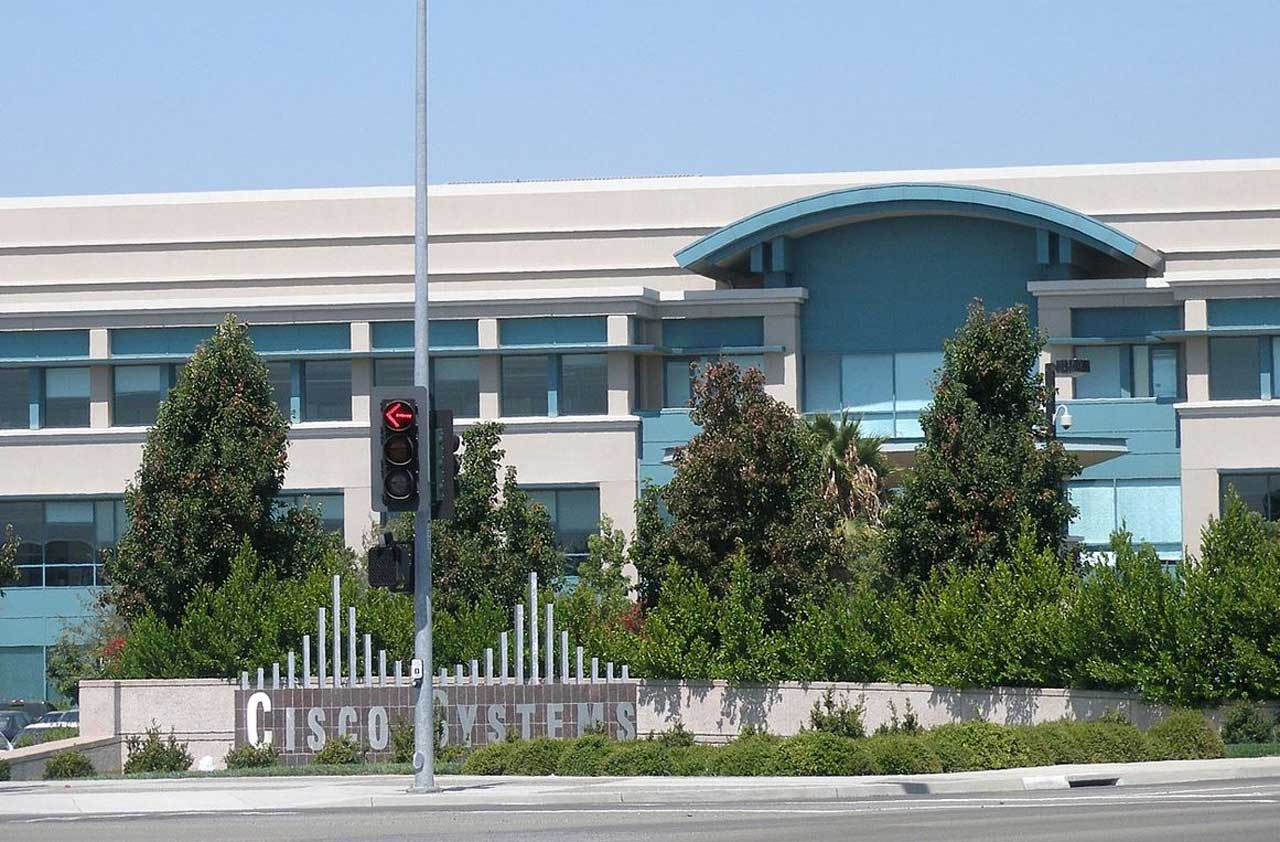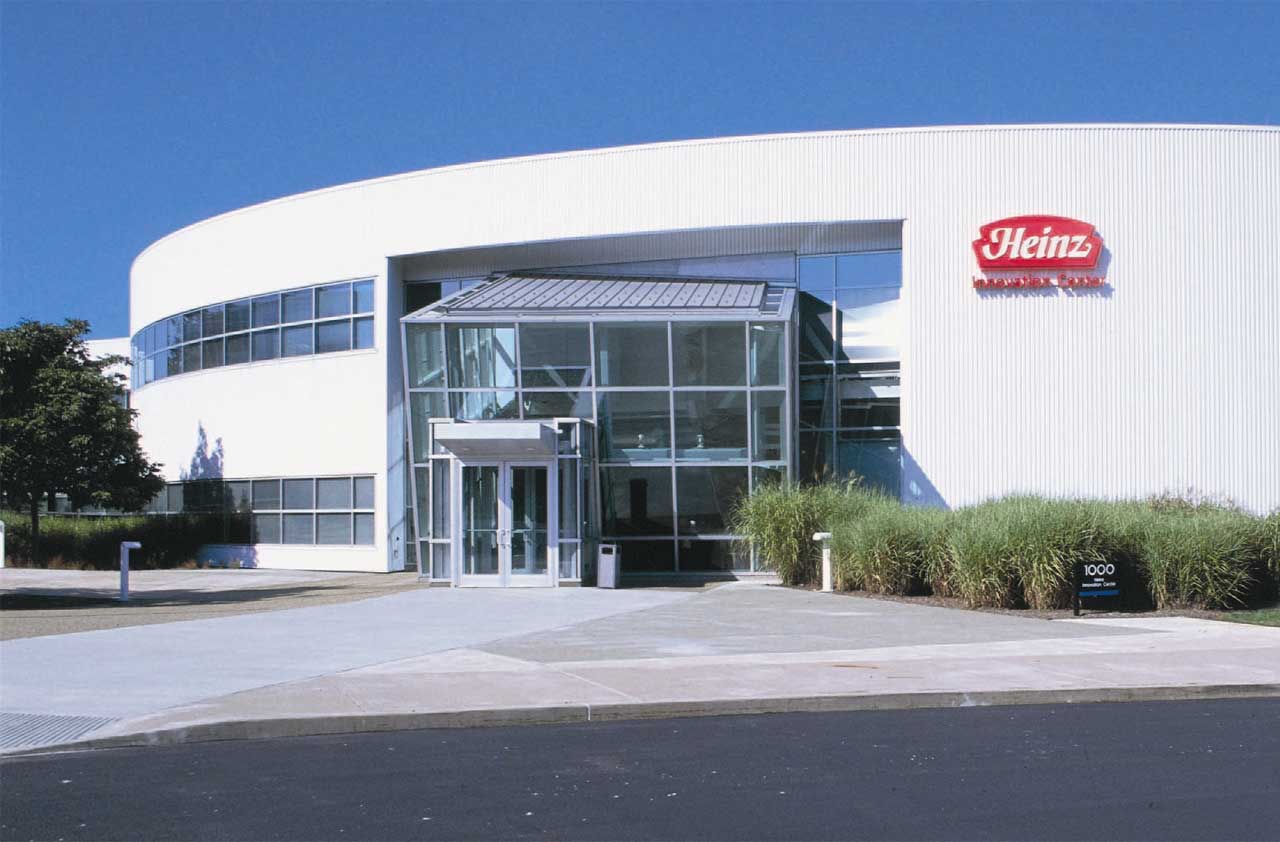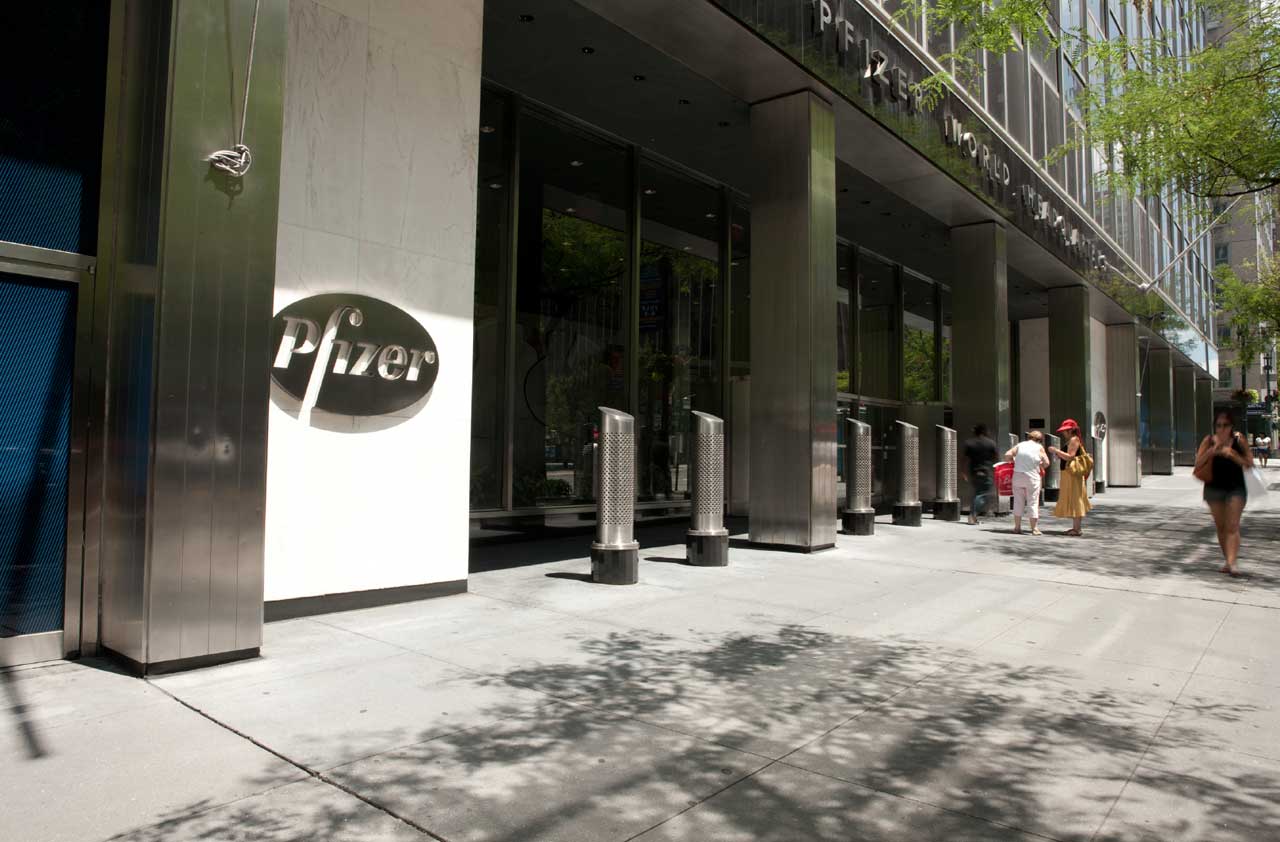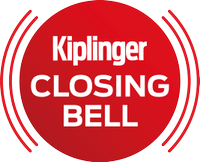7 Best Dividend Stocks for a Rocky Market
With stocks slumping over the past year and the market gyrating wildly so far in 2016, it looks like a good time to settle down with solid, dividend-paying stocks.


With stocks slumping over the past year and the market gyrating wildly so far in 2016, it looks like a good time to settle down with solid, dividend-paying stocks. If share prices resume their slide, dividends can provide some income to cushion the losses. And small but regular dividend payments can add up to big gains over time.
Historically, dividends have generated about 40% of the market’s total returns (the rest has come from price gains). Moreover, dividend payers tend to lose less than nonpayers during downturns and vault ahead of the broader market over long stretches.
One knock on dividend stocks is that they’ll falter if interest rates turn up. Stocks bought mainly for their payouts become less attractive than bonds as rates climb, the argument goes, so the share prices must come down to bring their yields closer in line with those of fixed-income investments. And high-yield stocks tend to be more sensitive to that effect. But with the economy looking feeble, rates aren’t likely to rise much this year.
We chose five firms that are steadily boosting earnings and dividends along the way, measures that should help lift their stock prices, along with two high-yield stocks that seem worth the extra risk.
All prices and returns are as of March 1; price-earnings ratios are based on estimated profits for the next 12 months. Stocks are listed alphabetically.

AT&T
- Symbol: TPrice: $37Yield: 5.1%
- SEE ALSO: 8 Stocks Warren Buffett Is Buying (or Should Be)
Decades ago, one of the best ways to scoop up dividends was to own stock in the Bell System phone monopoly. Today, Ma Bell’s offspring AT&T remains a sturdy dividend play.
Its 5.1% dividend yield towers over the 2.3% yield of the S&P 500 and is nearly three times the yield of the benchmark 10-year Treasury bond. AT&T should also hold steady in times of trouble. Over the past year, while the S&P 500 has lost 4.0%, the stock has returned 13.7% (including dividends).
The second-largest provider of wireless service in the U.S., behind Verizon Communications (VZN), AT&T aspires to be more than just a phone company. It acquired DirecTV in 2015 to deliver satellite television services, aiming to defend its turf against cable providers and Verizon. Folding in DirecTV—and offering unlimited data to customers who buy both TV and phone service—should help AT&T hold on to “higher-value subscribers,” says James Moorman, an analyst with brokerage firm D.A. Davidson.
AT&T’s spending spree has saddled it with $126 billion in debt. But analysts say AT&T should have no trouble handling debt payments as revenues and profits pick up. Wall Street expects the company to book $168 billion in sales this year, up 14% from 2015. With earnings forecast to hit $2.85 per share in 2016, AT&T can easily afford its $1.92-per-share annual dividend, which analysts expect to edge up to $1.96 per share in 2017. One big fan of AT&T: Warren Buffett, who bought 59.3 million shares last year.

Automatic Data Processing
- Symbol: ADPPrice: $87Yield: 2.4%
As the country’s largest private payroll processor, ADP is riding a hiring wave that has seen the U.S. add an average of 228,000 jobs per month over the past three months. The company’s payroll customers stick with ADP for an average of 12 years, providing a steady base of revenues. The firm has also expanded into other business services, including the administration of human-resources benefits. And ADP will benefit from higher short-term interest rates (whenever they come) because they will increase the income it receives from holding customers’ payroll cash.
ADP’s profits would suffer if hiring slowed or the economy slipped into a recession. Assuming that doesn’t happen, analysts predict that ADP’s earnings per share will jump 12% in the fiscal year that ends this June and 14% in the June 2017 year. ADP is also a dividend champ: It has hiked its payout for 41 years in a row—a streak in no danger of ending. Paying about two-thirds of its earnings as dividends, ADP should have plenty of room to increase its payout down the line.

Cisco Systems
- Symbol: CSCOPrice: $27Yield: 3.9%
- SEE ALSO: Best Nasdaq Stocks for Dividends
The stock of networking-equipment maker Cisco has been a dud since the dot-com boom ended in early 2000. But Cisco is a tech survivor with huge financial muscles. It recently lifted its quarterly dividend by 24%, to 26 cents per share, and it authorized a new $15 billion stock-buyback program—moves that have helped the stock top the market so far this year.
Sales of Cisco’s networking gear aren’t expanding fast. But the firm has branched out into areas with greater potential. It plans to spend $1.4 billion to buy Jasper Technologies, a start-up involved in the “Internet of Things,” which connects everything from cars to medical devices to the Web. Cisco has also bulked up its offering of services, security software and other products, spreading its bets across an array of tech businesses.
Wall Street expects Cisco’s earnings per share to rise just 4% in the fiscal year that ends this July. But profits should expand at a faster rate in the years ahead as Cisco’s tech bets start to pay off. Brian White, an analyst at brokerage Drexel Hamilton, sees the stock hitting $34 over the next 12 months.

Kraft Heinz
- Symbol: KHCPrice: $78Yield: 3.0%
- QUIZ: How Well Do You REALLY Know Warren Buffett?
Buffett’s Berkshire Hathaway (BRK.B) doesn’t pay dividends. But Buffett likes companies that do—one reason he owns a major stake in Kraft Heinz. Buffett helped engineer the combination of the two food-industry stalwarts, first by buying Heinz and then merging it with Kraft Foods in 2015, creating a packaged-food giant with more than $27 billion in annual sales.
One reason to like the stock now is that it’s a “self-help” story, says Pablo Zuanic, an analyst with brokerage Susquehanna Financial. Although sales are barely growing, the firm should be able to boost its bottom line with cost cuts as the companies combine manufacturing facilities and slash duplicate overhead. Zuanic estimates that those savings could hit 10% to 12% of annual sales, much more than the 8% the company anticipates. If Kraft Heinz does slim down that much, Zuanic figures that it could earn $5 per share by 2019, which would justify the stock reaching $98 within a year.
Even if those targets seem like a stretch, the company should stay solidly profitable. Analysts see the firm earning $2.96 per share this year and $3.72 in 2017—easily covering the annual dividend of $2.32.

Lockheed Martin
- Symbol: LMTPrice: $218Yield: 3.0%
- SEE ALSO: 12 Stocks to Earn Dividends Every Month
Assuming world peace doesn’t suddenly arrive, sales should remain robust for Lockheed Martin. The company is the leading contractor for the largest weapons program in Pentagon history—a roughly $400 billion multiyear plan to build more than 2,400 F-35 fighter jets. Lockheed’s lineup also includes combat ships, missile systems and a spacecraft it’s building with NASA for an upcoming journey to Mars. The company has expanded into high-tech areas such as cybersecurity and biometrics. And Lockheed expects to expand business at helicopter maker Sikorsky, which it acquired last year in a deal that cost $7.1 billion after tax benefits.
Lockheed’s stock may slump if defense budgets rise less than expected. But it’s more likely that U.S. defense spending will pick up, after years of congressionally mandated spending caps. Wall Street estimates that Lockheed will earn $11.80 per share in 2016, up 9% from 2015, and $13.70 in 2017, a sturdy 16% gain. Overall, the stock is a “high-quality play in the defense industry,” says RBC Capital Markets analyst Robert Stallard, who sees the shares hitting $244 over the next 12 months.

Pfizer
- Symbol: PFEPrice: $30Yield: 4.0%
- Pfizer is trying to combine with Botox maker Allergan (AGN) in a $160 billion deal that would create the world’s largest drug firm. The merger is controversial because the smaller Allergan would buy New York–based Pfizer, and the combined companies would be headquartered at Allergan’s address in Dublin, Ireland. Known as a “tax inversion,” the deal would cut Pfizer’s U.S. tax bill. Pfizer says it sees no legal hurdles to the merger, which it aims to close in the second half of 2016. But regulators may still try to block it.
Although the deal would be a win for both firms, Pfizer looks compelling without Allergan. The company is lifting revenues with several recently launched drugs, such as pneumonia vaccine Prevnar 13, cancer drug Ibrance and blood thinner Eliquis. With its 2015 acquisition of Hospira, Pfizer entered the market for generic versions of biotech drugs, which could be another big source of revenues. Pfizer also supplies consumer products, such as Advil and Centrum, although it may sell the
division that makes them to focus more on its core pharmaceutical business.
Pfizer’s earnings aren’t likely to climb more than 5% this year, partly because the dollar is crimping profits earned in foreign currencies. But analysts see profits rising 8% in 2017. “In this environment, people want stability in a stock, and Pfizer falls into that camp,” says Ari Sass, comanager of the M.D. Sass Equity Income Plus Fund.

Welltower
- Symbol: HCNPrice: $66Yield: 5.2%
- SEE ALSO: 8 Great Dividend Stocks for Retirees
Since 2007, Welltower has shelled out more than $27 billion to amass an enormous collection of health care–related real estate. Its roughly 1,400 properties range from outpatient medical facilities to assisted-living housing for seniors. In addition, Welltower generates about one-third of its revenues from managing senior housing, which gives it more ways to lift profits than just being a landlord.
As a REIT, Welltower must pay at least 90% of pretax income as dividends, and those payouts have risen steadily. Since 2009, Welltower’s dividend has escalated from $2.72 per share to an annual rate of $3.44—a 26% gain.
REITs do face some steep hurdles. Higher interest rates would pressure their profits and could result in reduced property values. Health care REITs could slump if the government trims spending on Medicare and Medicaid. Moreover, some analysts worry that a glut of senior housing will squeeze rents.
But Welltower appears to be insulated from some of these pitfalls. Private insurance and payments from individuals account for 87% of its revenues, protecting the firm against government spending cuts. Most of its senior housing is in markets without much competition from new properties, says brokerage Canaccord Genuity. What’s more, Welltower is financially healthy enough to buy more real estate and boost dividend income. Over the next 12 months, Canaccord figures that the stock could hit $79—a 20% increase from the current price, on top of the plump dividend yield.
Profit and prosper with the best of Kiplinger's advice on investing, taxes, retirement, personal finance and much more. Delivered daily. Enter your email in the box and click Sign Me Up.

-
 The Upscale Upgrades Coming to a Country Club Near You
The Upscale Upgrades Coming to a Country Club Near YouYoung country club members expect more from their fees than access to a golf course. From teen rec rooms to red-light therapy, this is how clubs are upgrading.
-
 I claimed Social Security six months ago at 62, but my checks are too small. What are my options?
I claimed Social Security six months ago at 62, but my checks are too small. What are my options?We asked financial experts for advice.
-
 The Most Tax-Friendly States for Investing in 2025 (Hint: There Are Two)
The Most Tax-Friendly States for Investing in 2025 (Hint: There Are Two)State Taxes Living in one of these places could lower your 2025 investment taxes — especially if you invest in real estate.
-
 The Final Countdown for Retirees with Investment Income
The Final Countdown for Retirees with Investment IncomeRetirement Tax Don’t assume Social Security withholding is enough. Some retirement income may require a quarterly estimated tax payment by the September 15 deadline.
-
 What Tariffs Mean for Your Sector Exposure
What Tariffs Mean for Your Sector ExposureNew, higher and changing tariffs will ripple through the economy and into share prices for many quarters to come.
-
 The 24 Cheapest Places To Retire in the US
The 24 Cheapest Places To Retire in the USWhen you're trying to balance a fixed income with an enjoyable retirement, cost of living is a crucial factor to consider. Is your state the best?
-
 Stock Market Today: Stocks End Mixed Ahead of Powell
Stock Market Today: Stocks End Mixed Ahead of PowellPolitical upheaval in South Korea kept investors on their toes Tuesday.
-

 Stock Market Today: Stocks Drop, Oil Spikes After Iran Attacks Israel
Stock Market Today: Stocks Drop, Oil Spikes After Iran Attacks IsraelA massive port strike and dismal economic data also weighed on the main indexes Tuesday.
-

 Stock Market Today: Stocks Gain After Powell Talks Rate Cuts
Stock Market Today: Stocks Gain After Powell Talks Rate CutsA late-day burst of buying power helped the main indexes close higher for the day, month and quarter.
-
 Best Stocks to Buy for Fed Rate Cuts
Best Stocks to Buy for Fed Rate CutsThe Federal Reserve is widely expected to continue rate cuts in October, and lower borrowing costs could boost these large-cap stocks.
